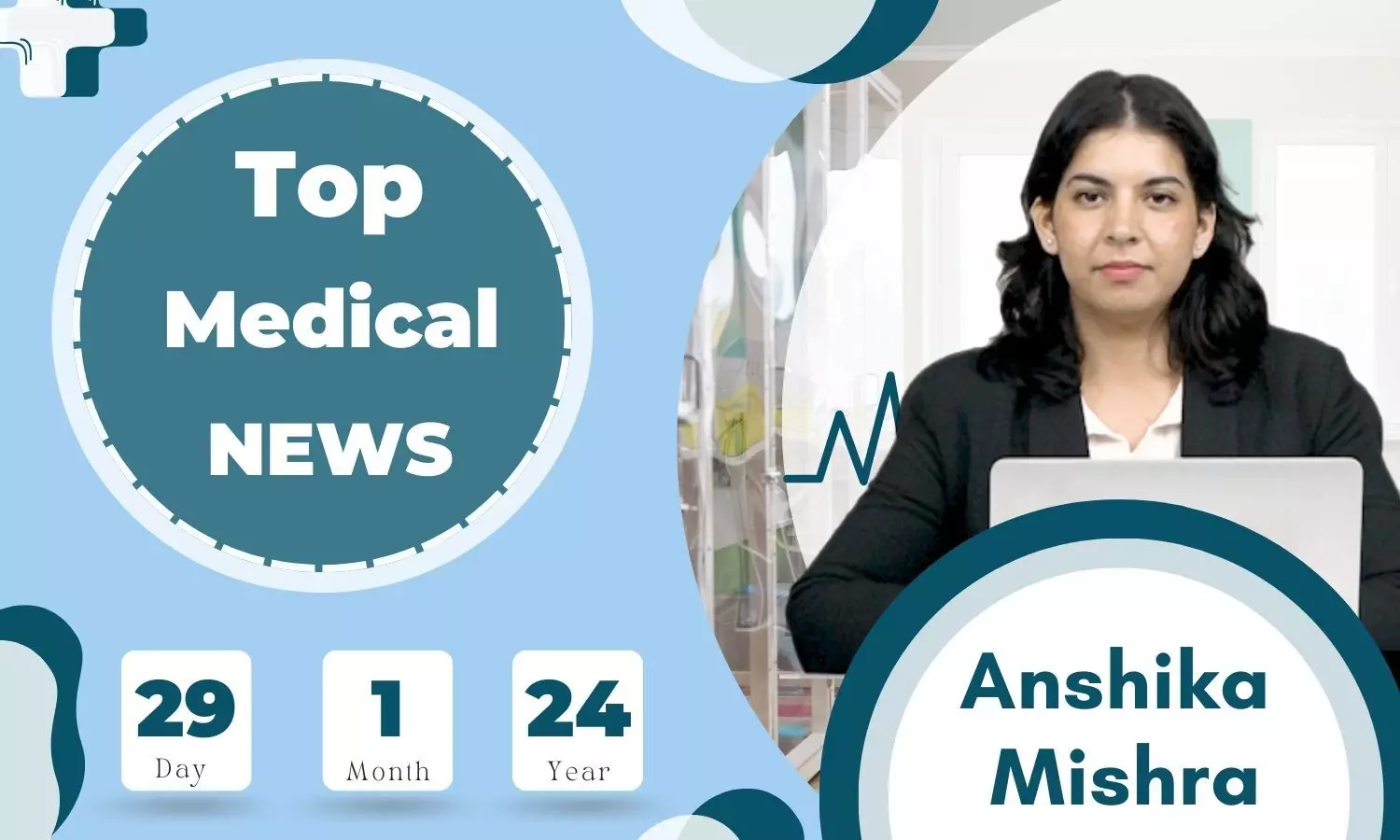Plastic surgery deaths have spiked among US patients who traveled to Dominican Republic: CDC report - Fox News
- Plastic surgery deaths have spiked among US patients who traveled to Dominican Republic: CDC report Fox News
- Over 90 Americans have died after cosmetic surgeries in the Dominican Republic, CDC says NBC News
- CDC Reports Deaths After Medical Tourism in the Dominican Republic Medpage Today
- 93 Americans died after cosmetic surgery in Dominican Republic over 14-year period, CDC says CBS News
1 year 9 months ago
Medical News, Health News Latest, Medical News Today - Medical Dialogues |
Medical Bulletin 29/January/2024
1 year 9 months ago
MDTV,Channels - Medical Dialogues,Medical News Today MDTV,Medical News Today
Tackling hair loss can ‘transform your life’ | News - Jamaica Gleaner
Tackling hair loss can ‘transform your life’ | News
Jamaica Gleaner
1 year 9 months ago
Medical News, Health News Latest, Medical News Today - Medical Dialogues |
Ebastine provides subjective relief among patients with non-constipated IBS
1 year 9 months ago
Gastroenterology,Gastroenterology News,Gastroenterology Videos,MDTV,Gastroenterology MDTV,MD shorts MDTV,Gastroenterology Shorts MDTV,Channels - Medical Dialogues,MD Shorts
St Lucia confirms new cases of leprosy | News - Jamaica Gleaner
St Lucia confirms new cases of leprosy | News
Jamaica Gleaner
1 year 9 months ago
AI-designed drug for inflammatory bowel disease enters human clinical trials: 'A significant need'
1 year 9 months ago
Health, digestive-health, medications, artificial-intelligence, medical-research, medical-tech, health-care, tech
Health Archives - Barbados Today
Barbados to benefit from new testing for genetic eye diseases
1 year 9 months ago
Health, Health Care, Local News, News
PANCAP provides training opportunities for tuberculosis, HIV medical professionals via free webinars
1 year 9 months ago
News, Caribbean, hiv, PANCAP, Tuberculosis, Webinar
93 Americans have died from cosmetic surgery in the Dominican Republic: CDC - New York Post
- 93 Americans have died from cosmetic surgery in the Dominican Republic: CDC New York Post
- Deaths of U.S. Citizens Undergoing Cosmetic Surgery — Dominican Republic, 2009–2022 | MMWR CDC
- 93 Americans died after cosmetic surgery in Dominican Republic over 14-year period, CDC says CBS News
- Over 90 Americans have died after cosmetic surgeries in the Dominican Republic, CDC says NBC News
- CDC Reports Deaths After Medical Tourism in the Dominican Republic Medpage Today
1 year 9 months ago
93 Americans died after cosmetic surgery in Dominican Republic over 14-year period, CDC says - CBS News
- 93 Americans died after cosmetic surgery in Dominican Republic over 14-year period, CDC says CBS News
- CDC Reports Deaths After Medical Tourism in the Dominican Republic Medpage Today
- Over 90 Americans have died after cosmetic surgeries in the Dominican Republic, CDC says NBC News
- CDC: More American women dying after Dominican Republic cosmetic surgery UPI News
- Deaths of U.S. Citizens Undergoing Cosmetic Surgery — Dominican Republic, 2009–2022 | MMWR CDC
1 year 9 months ago
Medical News, Health News Latest, Medical News Today - Medical Dialogues |
Prior immunity protective against severe outcomes of COVID-19 infections in children
1 year 9 months ago
Pediatrics and Neonatology,Pediatrics and Neonatology News,Top Medical News
Over 90 Americans died after cosmetic surgeries in the Dominican Republic, CDC finds - NBC News
- Over 90 Americans died after cosmetic surgeries in the Dominican Republic, CDC finds NBC News
- Deaths of U.S. Citizens Undergoing Cosmetic Surgery — Dominican Republic, 2009–2022 | MMWR CDC
- CDC Reports Deaths After Medical Tourism in the Dominican Republic Medpage Today
- Dozens Dead After Brazilian Butt Lift Surgeries in Dominican Republic: CDC The Daily Beast
- CDC: More American women dying after Dominican Republic cosmetic surgery UPI News
1 year 9 months ago
Over 90 Americans have died after cosmetic surgeries in the Dominican Republic, CDC says - NBC News
- Over 90 Americans have died after cosmetic surgeries in the Dominican Republic, CDC says NBC News
- 93 Americans died after cosmetic surgery in Dominican Republic over 14-year period, CDC says CBS News
- Deaths of U.S. Citizens Undergoing Cosmetic Surgery — Dominican Republic, 2009–2022 | MMWR CDC
- CDC: More American women dying after Dominican Republic cosmetic surgery UPI News
- CDC Reports Deaths After Medical Tourism in the Dominican Republic Medpage Today
1 year 9 months ago
Ouch. That ‘Free’ Annual Checkup Might Cost You. Here’s Why.
1 year 9 months ago
Health Care Costs, Health Industry, Legislation, Minnesota, Obamacare Plans, Preventive Services, texas, Virginia, Washington




